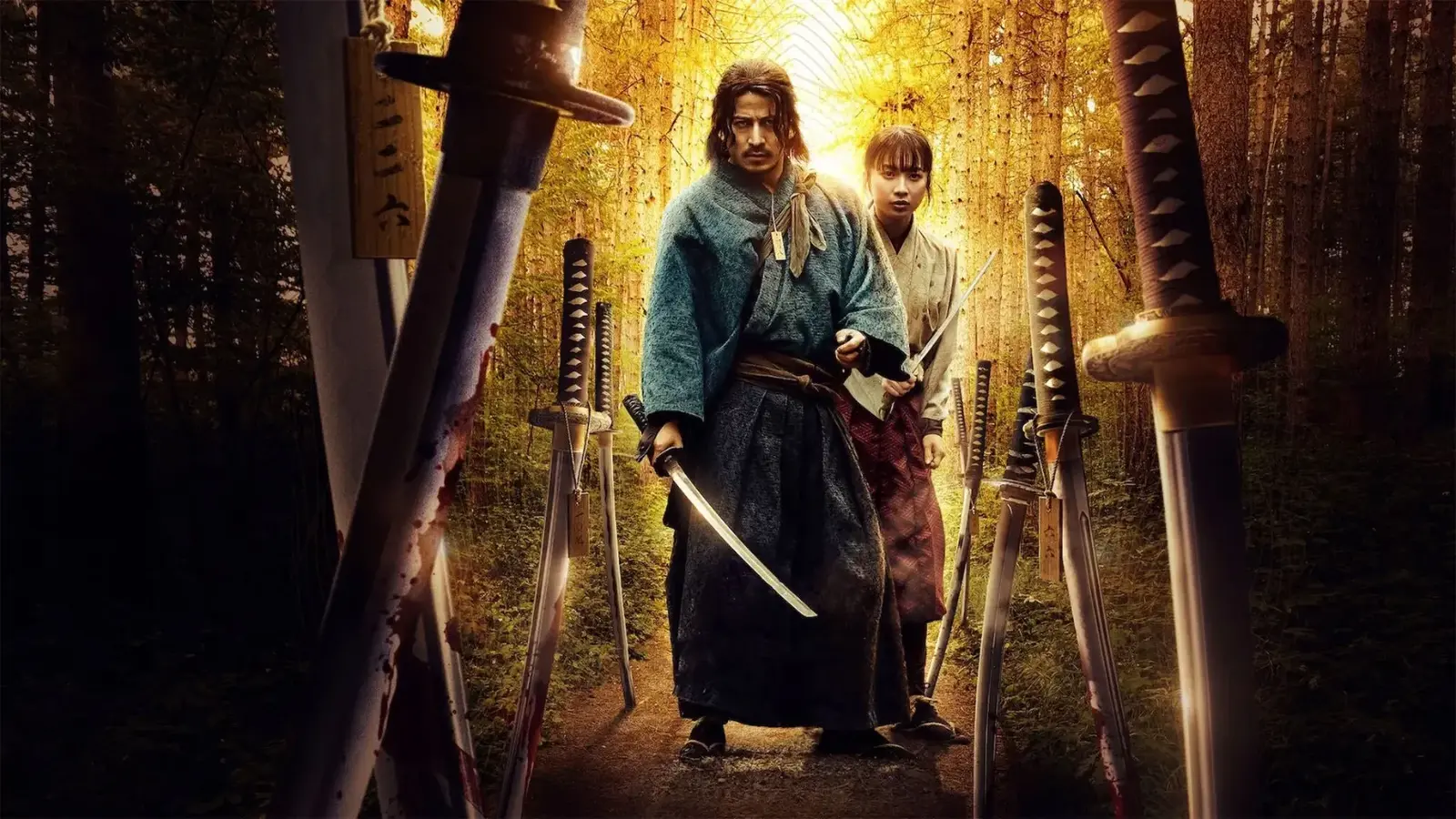3 Minutes
Why the new Netflix samurai series is resonating worldwide
Netflixs Last Samurai Standing arrived with a quiet promise and quickly became watercooler talk among fans of samurai cinema and bingeable survival dramas. Adapted from a novel by Shogo Imamura and set in 19th century Japan, the six-episode season centers on Shojiro Saga, played by Junichi Okada, a desperate father who enters a brutal contest for a 100,000 yen prize to save his sick wife and child. The premise is simple, but the execution blends period detail, moral complexity, and visceral action in a way that feels both classic and timely.
Kojima, Kurosawa echoes, and Squid Game comparisons
Video game auteur Hideo Kojima — creator of Death Stranding — publicly praised the series on X after watching the whole season in one sitting, a post he later removed. His reaction crystallized what critics and viewers have been saying: Last Samurai Standing borrows the high-stakes survival energy of Squid Game while remaining firmly anchored in samurai tradition. The series deliberately channels Kurosawa through tense staging and moral ambiguity, with one scene evoking the stark directorial punch of Tsubaki Sanjuro and Yojimbo.
That balance of homage and innovation is part of the shows appeal. Writer-director Yamada Futaros worldbuilding draws comparisons to his work on kinetic modern action, but here Futaros places those instincts inside a period drama that asks what honor, desperation, and spectacle mean when life itself is wagered.

What critics and viewers are noticing
Critics have been generous: the series holds a rare 100 percent score on Rotten Tomatoes from reviewers, a reflection of consistent praise for its pacing, production design, and performances. Viewers also praise the choreography and the willingness to sacrifice well-drawn characters for narrative stakes, a choice that heightens emotional impact rather than cheap shock.
Behind the scenes, production notes and fan discussion highlight meticulous costume and set work that recreate a turbulent post-feudal Japan. Fans on social platforms have dissected camera choices and fight staging, while community theories debate the organizers motives and hidden rules of the contest, mirroring the communal speculation that fueled Squid Game mania.
Where Last Samurai Standing sits in streaming trends
The series is part of a broader streaming appetite for genre mashups: period pieces that adopt modern structural tricks, and survival narratives that interrogate socioeconomic desperation. For global audiences, Last Samurai Standing demonstrates how culturally specific stories can land internationally when they tap universal emotions: family, sacrifice, and the hunger for justice.
Cinema historian Marko Jensen offers this take: 'Last Samurai Standing succeeds because it respects its lineage while updating the survival genre for modern streaming. Its moral clarity is messy, and that messiness is its strength.'
For viewers who love samurai films, survival thrillers, or prestige streaming dramas, Last Samurai Standing is worth the watch. It is a reminder that bold ideas, when combined with careful period craft and strong performances, can still surprise and move audiences.



Leave a Comment